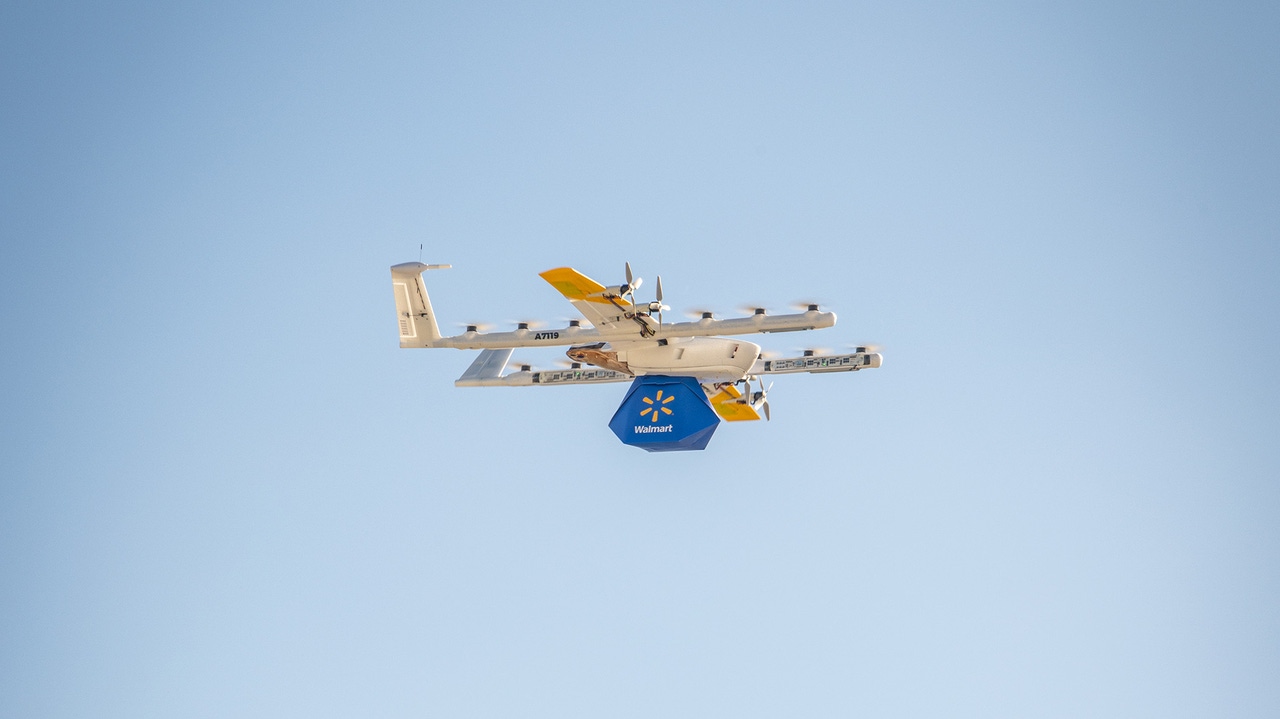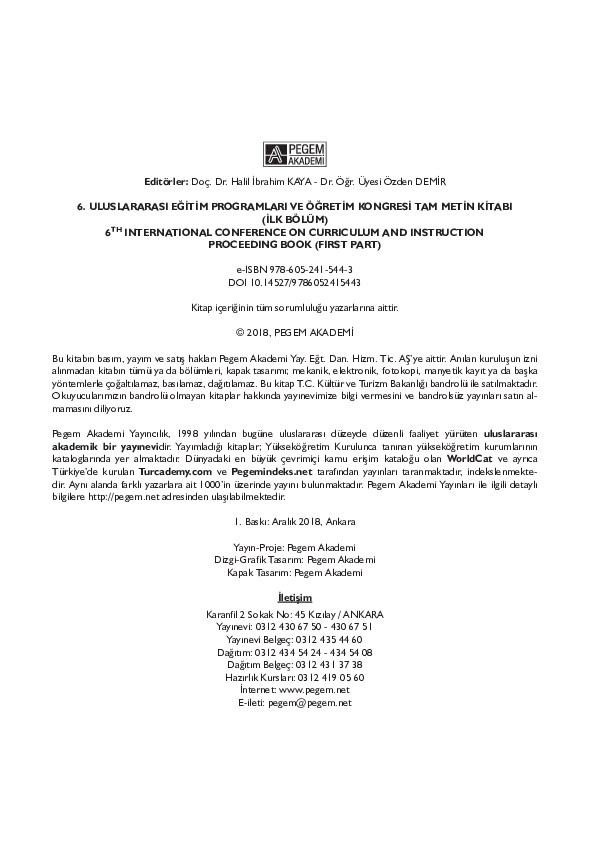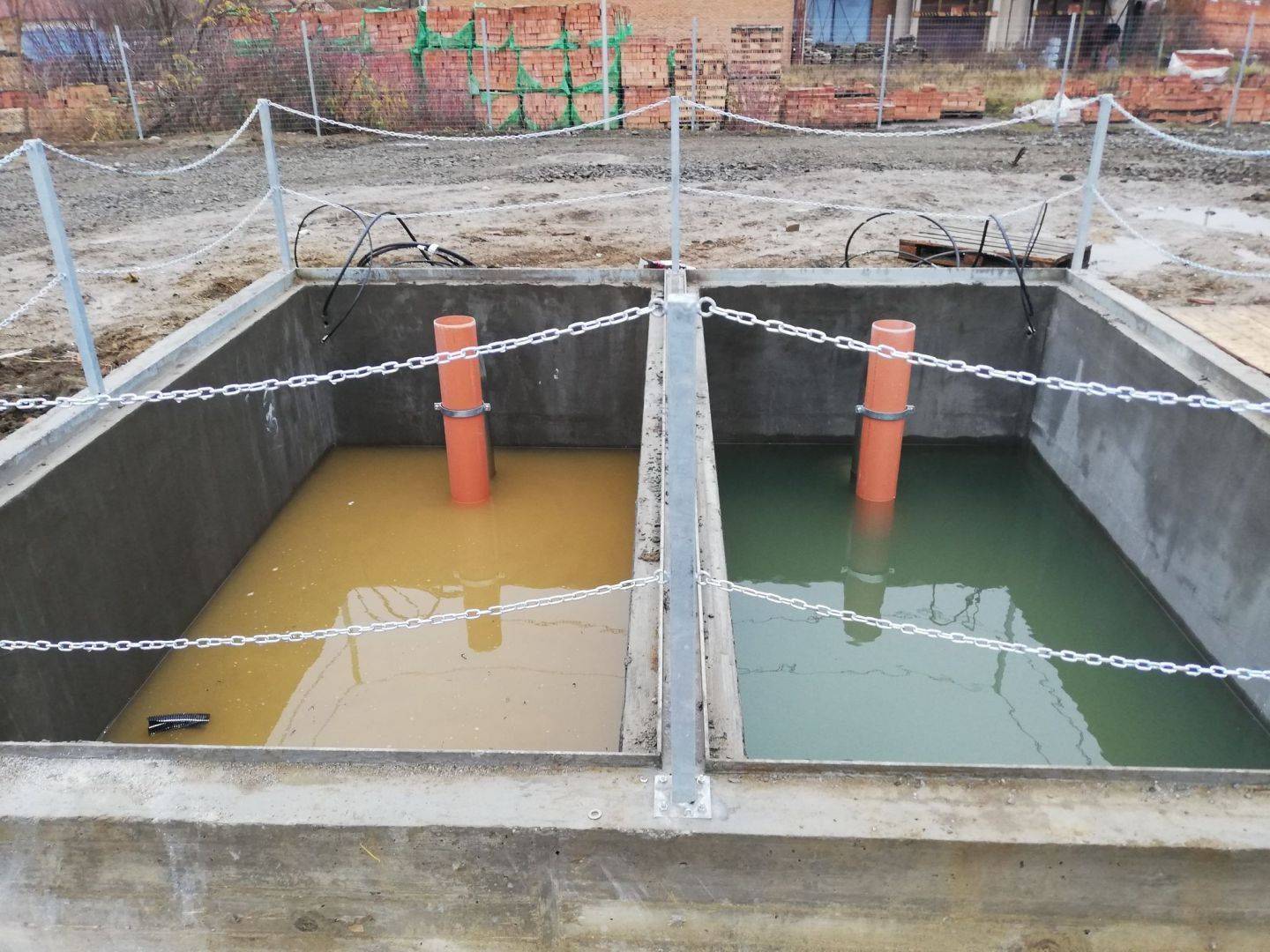U.S. Army To Dramatically Expand Drone Use: An Exclusive Look

Table of Contents
The Driving Forces Behind Increased Drone Deployment
The dramatic increase in U.S. Army drone deployment stems from a confluence of factors, primarily budgetary allocations and technological advancements, alongside pressing operational needs and significant strategic advantages.
Budgetary Allocations and Technological Advancements
The U.S. military has significantly increased spending on Unmanned Aerial Systems (UAS), reflecting a commitment to modernizing its arsenal. This investment fuels research and development, leading to remarkable advancements in drone technology.
- Increased budget by 25% in FY2024 for UAS development: This substantial increase allows for the procurement of more sophisticated drones and the development of cutting-edge technologies.
- Integration of AI-powered target recognition systems: AI significantly enhances drone capabilities, improving accuracy and reducing the need for human intervention in target identification.
- Longer flight times and improved sensor capabilities: New drone models boast extended flight durations and high-resolution sensors, providing superior surveillance and reconnaissance capabilities. This translates to better data collection over larger areas and for more extended periods.
- Enhanced payload capacity: Modern drones can carry heavier payloads, including more advanced sensors and weaponry, increasing their operational versatility.
Operational Needs and Strategic Advantages
The strategic benefits of drones are undeniable. They offer significant advantages across a wide range of military operations.
- Enhanced situational awareness: Drones provide real-time intelligence, allowing commanders to make informed decisions based on accurate, up-to-the-minute data. This is particularly crucial in complex terrains or hostile environments.
- Reduced casualty rates in combat zones: Utilizing drones for reconnaissance and targeted strikes minimizes the risk to human soldiers, a key driver behind the increased adoption of this technology.
- Precision targeting capabilities: Drones equipped with advanced weaponry offer unmatched precision, minimizing collateral damage and improving the effectiveness of military operations.
- Cost-effectiveness in certain operations: Compared to manned aircraft, drones offer cost savings in fuel, maintenance, and personnel, making them a fiscally responsible option for certain missions.
Types of Drones Being Integrated into the U.S. Army
The U.S. Army is integrating a diverse range of drones, categorized broadly by size and operational capabilities.
Small Tactical UAS for Close-Range Operations
Smaller, more agile drones are proving invaluable in close-quarters combat and urban environments. Their maneuverability and advanced sensors provide crucial support to ground troops.
- Improved maneuverability in urban environments: These drones can navigate complex urban landscapes with ease, providing real-time intelligence to troops operating in densely populated areas.
- Increased sensor resolution for target identification: Advanced sensors allow for the precise identification of targets, minimizing the risk of friendly fire incidents.
- Examples: Specific models, while often kept classified, include small quadcopters equipped with high-resolution cameras and thermal imaging capabilities.
Larger, Long-Endurance UAS for Strategic Missions
Larger, long-endurance drones are essential for strategic missions requiring sustained surveillance over vast distances.
- Extended flight times of up to 24 hours: This allows for continuous monitoring of border regions, enemy movements, and other strategic locations.
- High-resolution imagery for long-range surveillance: These drones provide high-quality imagery, enabling detailed analysis of enemy activities and infrastructure.
- Examples: High-altitude, long-endurance (HALE) drones are frequently used for these missions, offering superior coverage and persistence.
Challenges and Concerns Surrounding Increased Drone Use
While the advantages are clear, the expansion of U.S. Army drone use presents significant challenges.
Ethical Considerations and Civilian Casualties
The use of drones in warfare raises ethical concerns, particularly regarding civilian casualties.
- Minimizing unintended consequences: Strict protocols and regulations are essential to minimize the risk of civilian casualties. This includes rigorous target verification and the implementation of strict rules of engagement.
- Accountability and transparency: Clear lines of accountability are vital to ensure that drone operations are conducted ethically and in accordance with international law.
- Continuous improvement of targeting systems: Ongoing efforts are dedicated to enhancing the accuracy and precision of drone targeting systems, reducing the likelihood of unintended harm.
Cybersecurity Threats and Data Protection
Drones are vulnerable to hacking and data breaches, raising serious security concerns.
- Enhanced encryption protocols: Protecting drone systems from cyberattacks requires robust encryption and secure communication protocols.
- Regular security audits of drone systems: Regular audits help identify vulnerabilities and ensure that security measures are up-to-date and effective.
- Protecting sensitive data: The secure handling and storage of data collected by drones are paramount to prevent leaks and unauthorized access.
Conclusion
The U.S. Army's dramatic expansion of drone use signifies a profound shift in modern warfare and national security strategies. This technology offers substantial advantages in operational effectiveness and risk reduction but presents ethical, logistical, and cybersecurity challenges that must be addressed. Balancing these concerns while harnessing the full potential of drone technology will be crucial for the army's future success. To stay informed on the latest developments in this rapidly evolving field, continue to follow news and updates on U.S. Army Drone Expansion. Learn more about the impact of this technological shift and the future of military drone technology.

Featured Posts
-
 Avrupa Ile Is Birliginin Gelecegi Kritik Konular Ve Coezuem Oenerileri
May 02, 2025
Avrupa Ile Is Birliginin Gelecegi Kritik Konular Ve Coezuem Oenerileri
May 02, 2025 -
 This Country A Travelers Handbook
May 02, 2025
This Country A Travelers Handbook
May 02, 2025 -
 Riot Platforms Riot Stock Dips Analyzing The 52 Week Low
May 02, 2025
Riot Platforms Riot Stock Dips Analyzing The 52 Week Low
May 02, 2025 -
 15 000 And Counting Is Ripple Xrp Your Next Millionaire Making Investment
May 02, 2025
15 000 And Counting Is Ripple Xrp Your Next Millionaire Making Investment
May 02, 2025 -
 Mecsek Baromfi Kft Kme Vedjegy Garancia A Kivalo Minosegu Baromfira
May 02, 2025
Mecsek Baromfi Kft Kme Vedjegy Garancia A Kivalo Minosegu Baromfira
May 02, 2025
